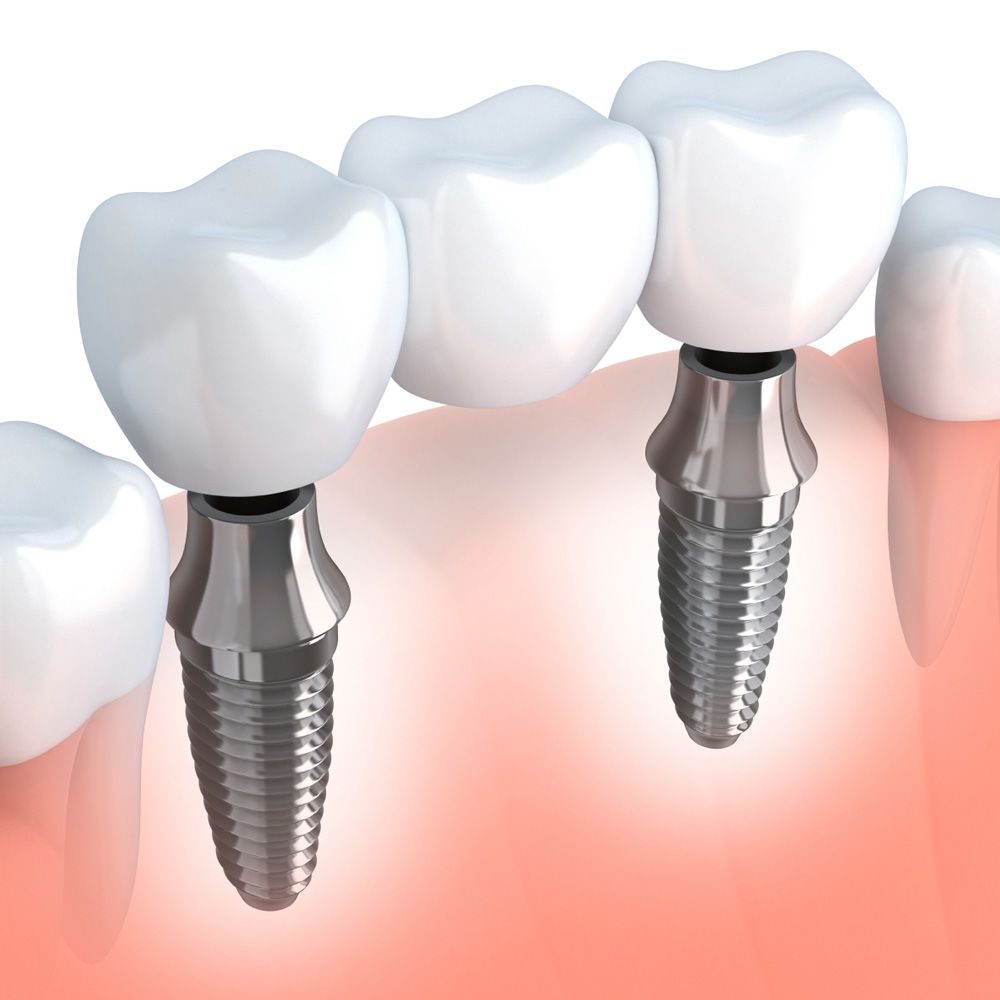For people who are missing one or more of their natural teeth, dental implants represent the absolute best method of restoring form, function, and health to their mouths. In every aspect you could possibly imagine – longevity, stability, strength, aesthetics, you name it – no other treatment approaches dental implants. Obviously, nothing can replicate a healthy, intact natural tooth, but an implant-supported restoration comes awfully close.
In weighing the benefits and risks of dental implants, the former definitely triumphs over the latter, especially in patients who are in good enough overall health to safely undergo an invasive surgical procedure. However, there are certain considerations that candidates will want to bear in mind before they commit to undergoing dental implant surgery. One of these is that many patients cannot have their dental implants immediately placed, especially if they have been missing teeth for a number of years. Such patients will probably require bone grafts before they can have implants placed.
Fortunately, bone grafting is a safe, straightforward procedure that causes little to no discomfort. Our oral surgeons are able to place dental implants and perform bone grafts at our Bolingbrook practice, Suburban Oral Surgery & Implant Center. By performing all stages of implant dentistry under a single roof, we are able to save you both time and money while providing you with the confidence of knowing that every aspect of your care will be in the hands of professionals you trust.
WHAT ARE BONE GRAFTS AND WHY ARE THEY NECESSARY?
When you lose a tooth, your body interprets that loss as a sign that the soft and hard tissues that once supported the tooth no longer perform any essential function. As a result, the body stops “wasting” resources on the jawbone directly beneath the now-missing tooth, allowing it to fall into disuse and begin to degrade. Over time, it loses its density and becomes thinner and weaker.
For dental implants to function properly, they must have sufficiently dense jaw bones in which to “take root.” If the patient’s jaw has degraded to the point that it cannot support a dental implant, our surgeons must build up the jaw bone with a bone graft. This bone can come from elsewhere in your body, even from elsewhere inside of your mouth, or it can come from a donor source. There is even synthetic bone that can be used with excellent results.
HOW LONG DOES A BONE GRAFT TAKE TO HEAL?
The bone graft requires time to integrate with the surrounding jaw bone and become part of your natural anatomy. How long this process takes depends on the location and size of the graft. In some cases, minor bone grafting can be performed at the same time as implant placement. In general, however, bone grafts require between three and nine months to integrate with existing bone. At that point, dental implants can be placed.
LEARN MORE ABOUT DENTAL IMPLANTS AND BONE GRAFTS
To learn more about dental implants and bone grafts, please contact Suburban Oral Surgery & Implant Center today.

